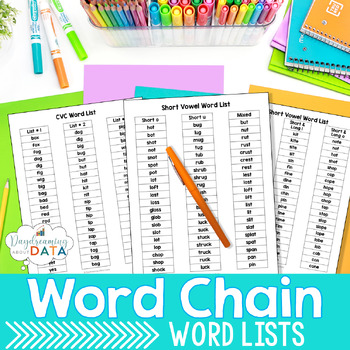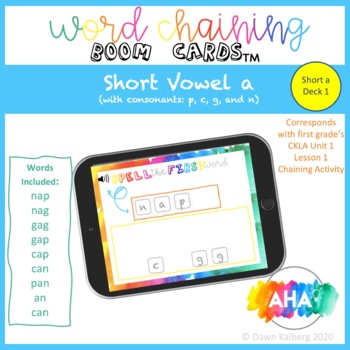Hi All! Thank you for another wonderful week at PVES. Great discussion in PLC about Data Meeting Follow UPs!
I know with our focus on Dibels, you all have dug deeply into your students' areas of need. I love how we have adjusted our Patriot Block groups to meet those needs.
Today on the blog, I wanted to dig into fluency. I know that was one area that our kiddos struggled with. I feel like this is a great opportunity to peel back the layers and really focus on why we are assessing fluency.
What is fluency?
Reading fluency is the ability to accurately read at an appropriate rate while demonstrating prosody and comprehension of the text.
Keeping these 3 components in mind will help students develop into fluent readers that can access the comprehension of the text.
Fluency is the bridge to comprehension!
Dr. Jan Hasbrouck explains fluency in the video below.
Just like our systematic approach to teaching phonics, there is a fluency continuum that allows us to build on each component.
Early fluency instruction begins with mastering the Alphabetic Principle and the sounds of all the letters to form a firm foundation. Once students have become fluent with individual letters and sounds, then working with groups of sounds and syllables becomes a priority.
- Students then move into blending sounds together, they become more fluent reading individual words, building vocabulary knowledge.
- Fluency then advances to reading increasingly larger chunks of text starting with phrases and moves to sentences and longer passages.
- Teachers will need to adjust instruction backward or forward along the continuum to meet the needs of students.
Supporting Fluency?
Modeling fluent reading is soooo important!
We can do this through our IRAs!
Students can also use multiple reads of the same text. Adding in rhyme and poetry to make those reads fun and engaging.
Readers Theatre is another way to help students focus on the text as a performance.
Also over on Twitter, check out Tim Rasinski! He posts fluency activities every Friday!
Check out his podcast on The Impact of COVID Learning Loss on Reading Fluency.

























